
 By Natali Moss
By Natali Moss
The material is actually designed for US Congress as a basis for re -evaluating restraint policy and reducing risk tools in response to increasing nuclear pressure from Moscow. The key element of CRS analysis remains the structure and modernization of the Russian nuclear triad. According to estimates for 2025, Russia has about 1718 deployed nuclear warheads.
They are based on 330 intercontinental ballistic missiles (IBRs), 12 atomic submarines with 192 ballistic missiles of submarine base (BRPC) and 58 strategic bombers. Interesting detail - despite the termination of data exchange from the United States since 2023, Moscow has declared restrictions under the Treaty on the Reduction of Strategic offensive weapons (SNO) since 2010, keeping conditional parity from the United States (about 1770 deployed warheads).
The document states that recently Russia has been actively modernizing its strategic potential. Weapons are MBR PS-20A (SS-18) "Satan", complexes PS-12M2 (SS-27) "Topol-M", PS-12M2 (RS-24) "Yars", as well as a new heavy RS-28 (SS-X-30) missile "Sarmat". The maritime component of the triad is represented by the Bori Bore submarines with R-30 missiles. Air component-Tu-95MC and Tu-160 strategic bombers capable of carrying winged rockets X-55 and X-102.
Particular attention is paid to the promising systems: the Avangard Hypersonic Planning Bloc, the Air Dagger Air Base missiles and the Zircon Marine rockets. These systems are designed with the sight of overcoming the American about and are intended to provide the Kremlin with flexibility in scenarios of both limited and large -scale nuclear response. According to the document, Moscow also increases the non -patient arsenal.
After the transmission of tactical nuclear weapons of Belarus in 2023-2024, in 2025, works were confirmed to modernize the storage infrastructure, preparation of Belarusian crews and create a delivery system. The ability of the Russians to return to nuclear tests on landfills in the Arctic is also noted. The assessment of the updated nuclear doctrine of the Russian Federation was carried out. Released in November 2024, it provides five main scenarios for nuclear weapons.
These include, in particular, the doctrine also examines the aggression of a non -nuclear state, supported by a nuclear state as a joint attack on Russia. The CRS report notes that the Russian Federation considers restraining in a broader context, including ordinary and cyber -making, as well as information and space components. We will remind, in 2024 a message about the possible development of a Russian orbital platform, capable of carrying a nuclear charge, caused anxiety in the Pentagon.


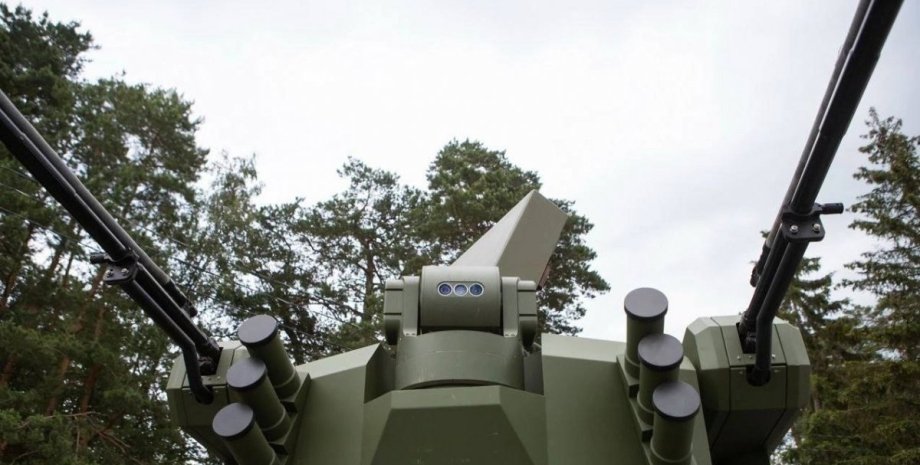
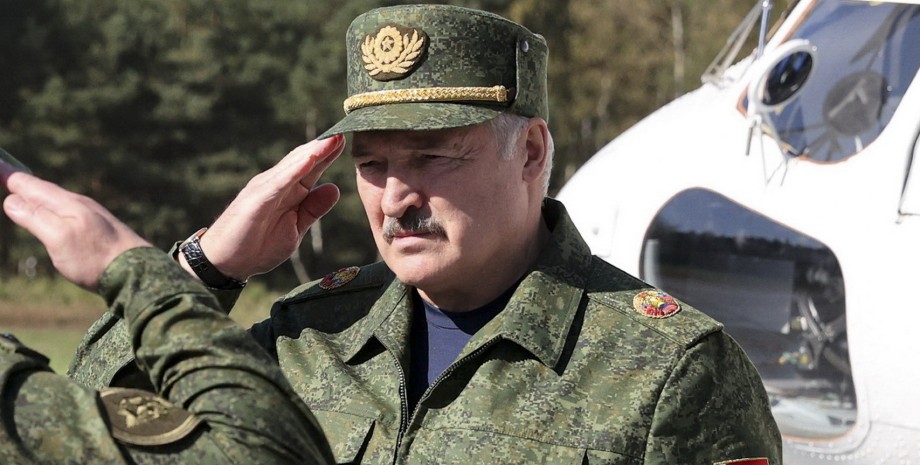
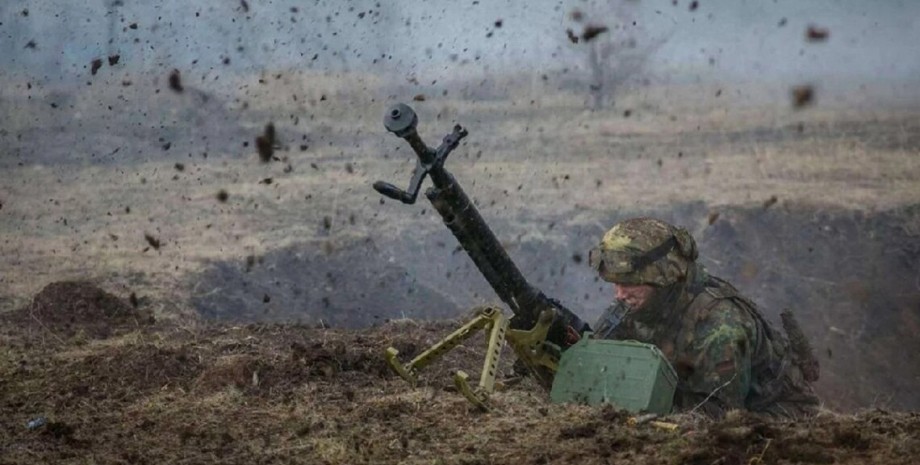

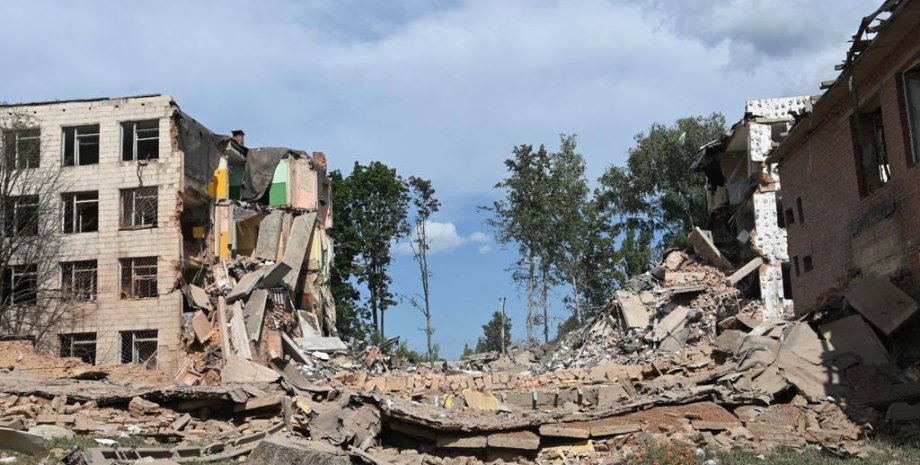

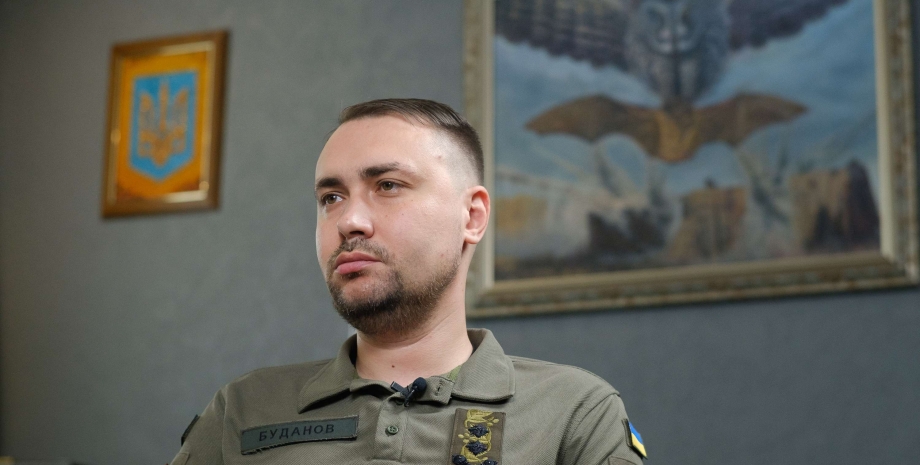
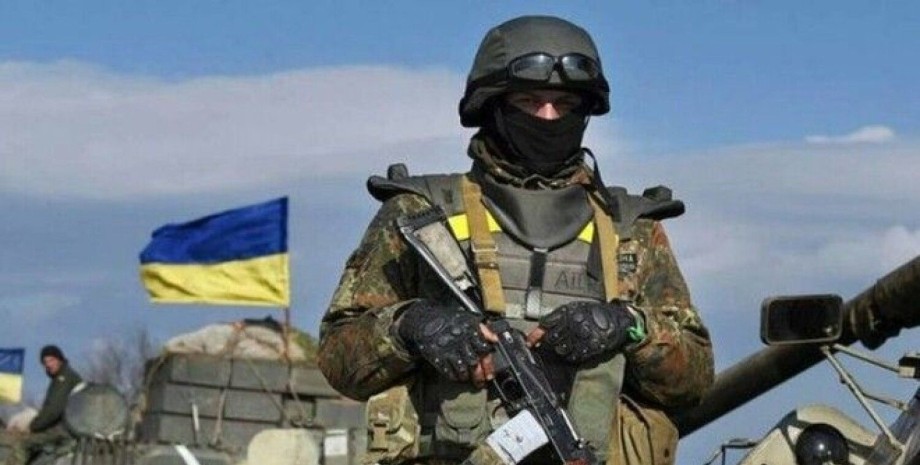
All rights reserved IN-Ukraine.info - 2022